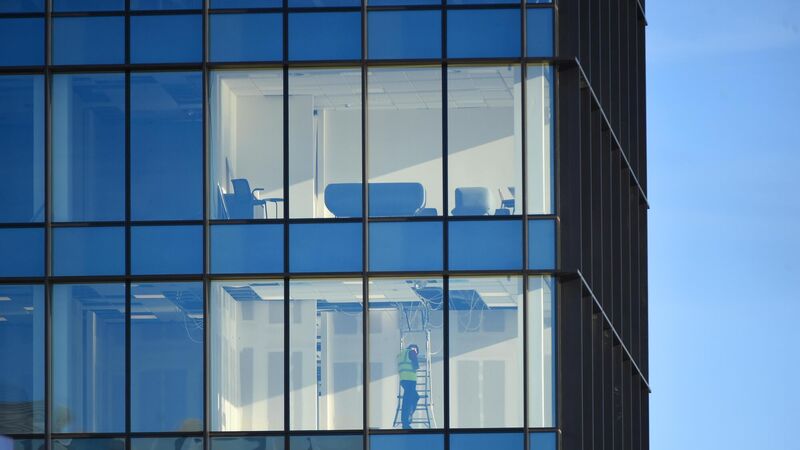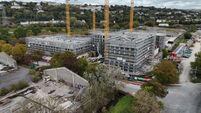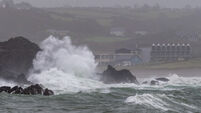Commercial vacancies hit record high of 14.4%

Of the just under 211,000 commercial properties across the country, 180,515 are currently occupied.
The national vacancy rate for commercial buildings ticked up slightly during the second quarter to 14.4%, according to data management company GeoDirectory, which is the highest rate it has ever recorded.
According to the company’s latest commercial vacancy rates report, as of the end of June, 30,246 commercial properties were classified as vacant — a 0.3% increase on the same time last year — with vacancy rates increasing in 14 out of 26 counties.
In total, there are just under 211,000 commercial property units across the entire country of which 180,515 were occupied as of the end of June. Sligo has the highest commercial vacancy rate at 20.5% with Meath having the lowest at 9.8%.
In Dublin, the commercial vacancy rate was 13.3% between April and June 2024, an increase of 0.2% compared to the same period last year. Of the 22 Dublin Districts, 18 had vacancy rates below the national vacancy rate of 14.4%.
In Munster, the vacancy rate increased by 0.1% year-on-year but remained lower than the national rate at 14%. Limerick maintained the highest vacancy rate across the province at 17.5%, while Cork recorded the lowest at 12.4%.
The services sector occupied nearly half of all units in Munster at 49.5%, whilst retail and wholesale accounted for 22.1%.
Chief executive of GeoDirectory Dara Keogh said the national commercial vacancy rate is now at its highest level since the company started keeping track of it back in 2013.
“Changing consumer habits, the growth of online commerce, remote working and rising business costs have all contributed to a realignment of the commercial property market,” he said.
In the analysis of the report, conducted by EY, it noted that there were just over 154,000 units which could be assigned to a specific economic sector.
Of this 154,000, 49.3% were occupied by companies operating in the services sector, with 22% operating in retail and wholesale trade. A further 9.5% were occupied by entities working in human health and social work activities.
The food and accommodation sector accounted for 14.4% of all commercial units in the country, which is 22,211 units, equating to 29.2% of the entire services sector. The sector experienced a decrease of 270 units in the last year.
The report noted that commercial property owners continue to face “many challenges” including the rising cost of doing business and the continued prevalence of hybrid working which is reducing demand.
“However, the outlook for the economy remains positive, albeit growth will likely be more moderate over the coming period. With further growth in consumer spending expected, the hope is that the commercial vacancy rate will fall in the near future,” the report said.










